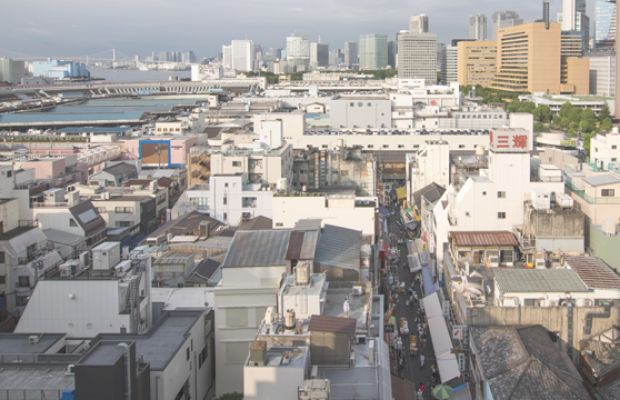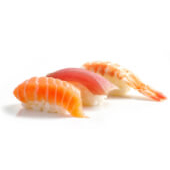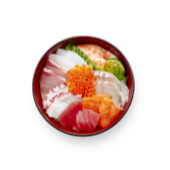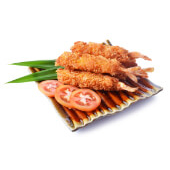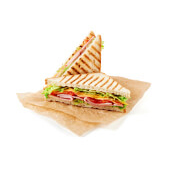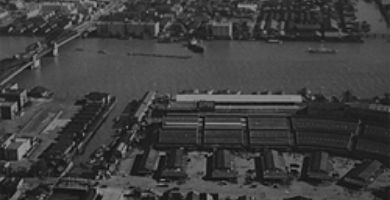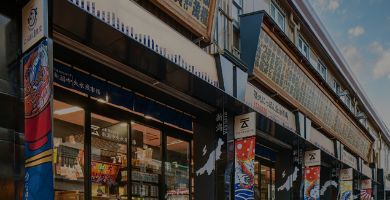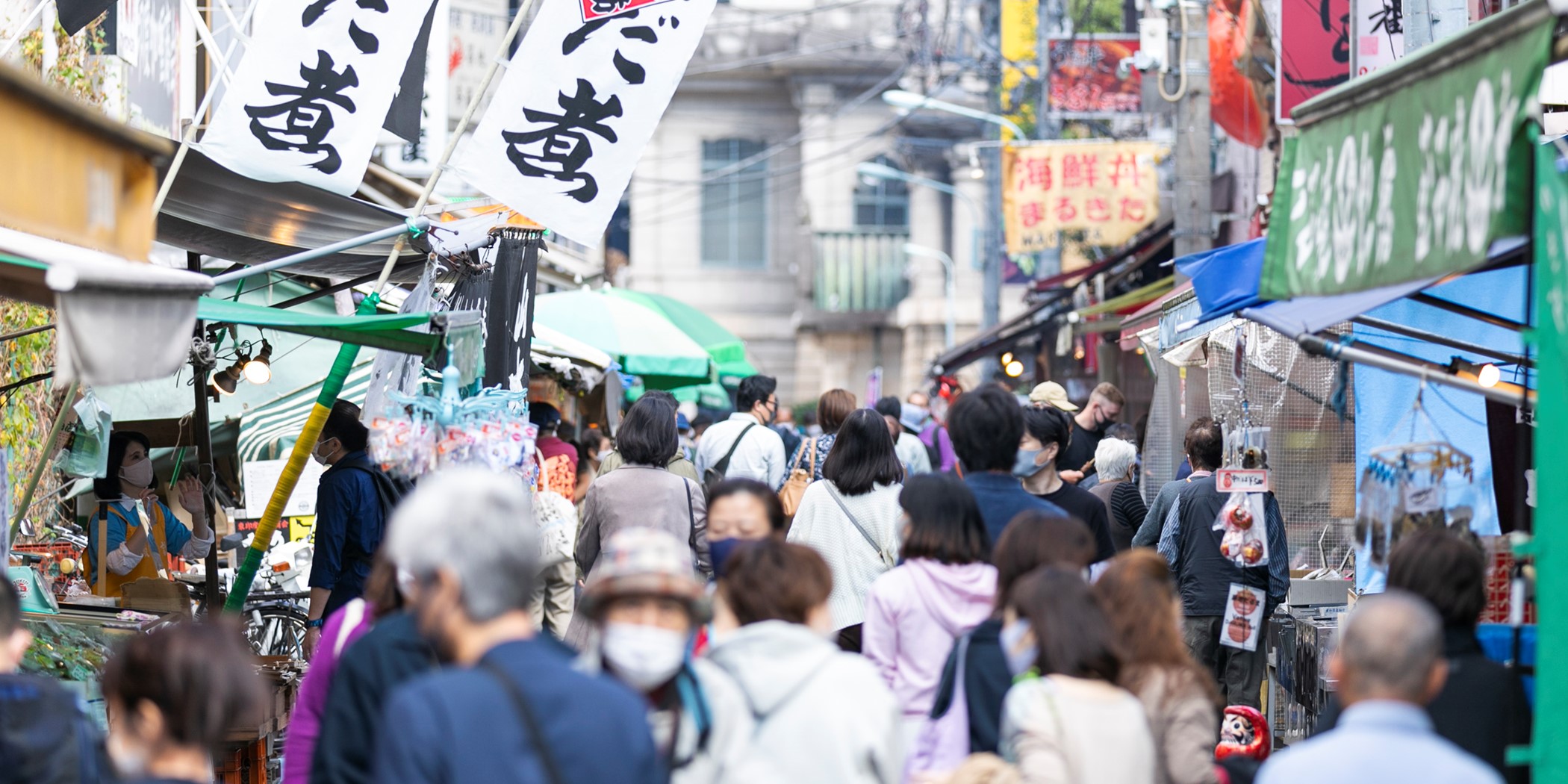
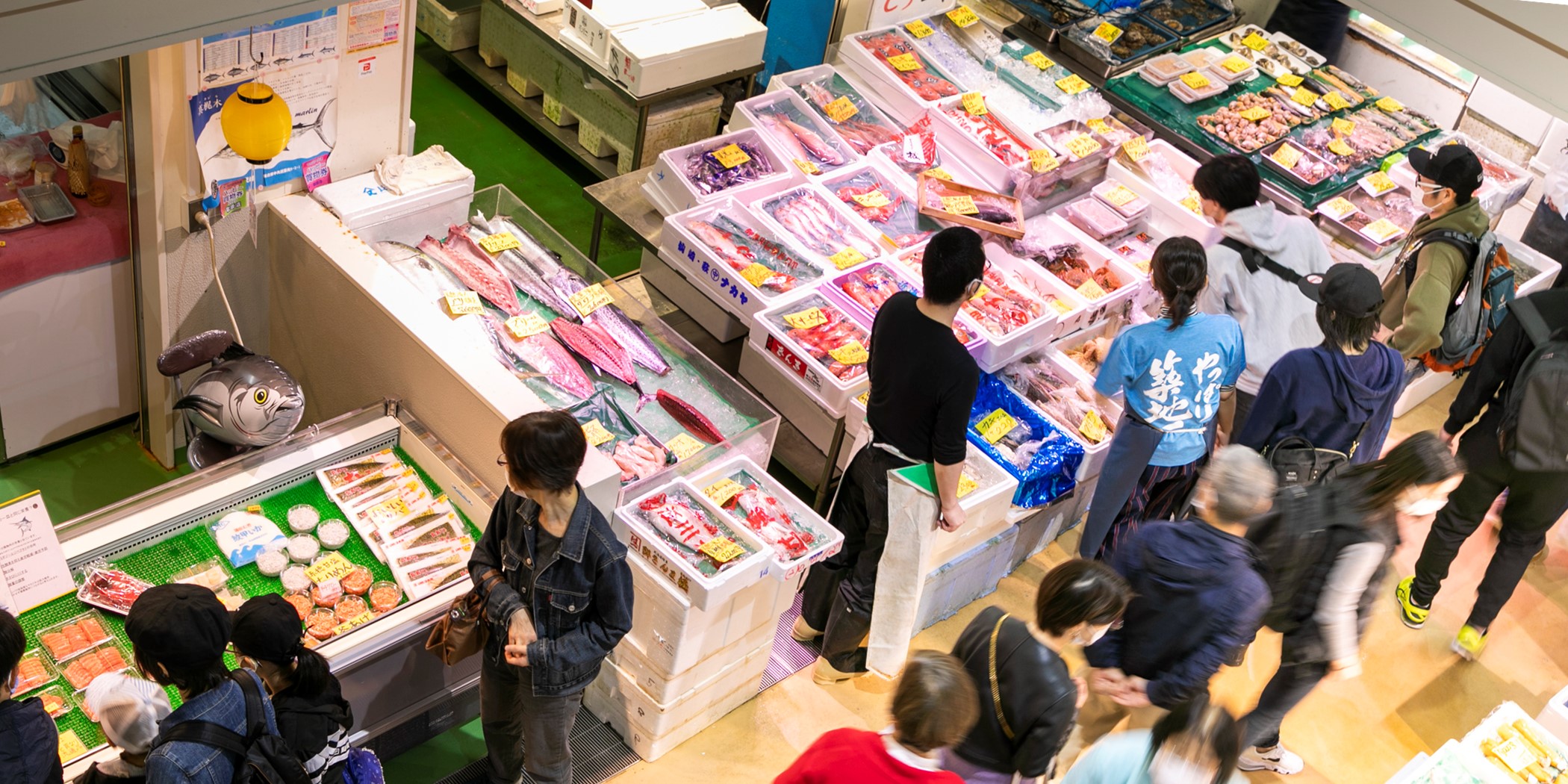
Video Guide to Your First Trip to Tsukiji
-
Access from Tsukiji Station
-
Tsukiji Now 2025
-
Information Center
Welcome Message
Tsukiji Outer Market is Japan’s “Food Town,” where one can encounter all kinds of traditional Japanese foods. A mixture of wholesale and retail shops, along with numerous restaurants, line the streets, and new culinary trends are born here.
Originally Tsukiji Market catered primarily to professionals.
That is why items sold there were generally too large for a small family to buy.
However, some of the wholesale shops in the market have started retailing high-end merchandise to retail customers and visitors. For example, ready-to-eat sushi meals are now sold in smaller sizes. Even a bite-sized egg roll can be had for those who just want to try it.
The following explains how the market has become so well-known and the trends that have shaped how it looks today.
Three ways to enjoy the Tsukiji Outer Market
The Tsukiji Outer Market is a gathering place for food professionals.
Not only can you buy ingredients sourced with a professional’s eye,
you can also enjoy a meal, learn how to cut fish,
and expand your appreciation of food through a variety of experiences.
Stores
Search by keyword
Search by category
-
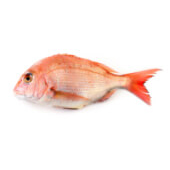 Fresh Seafood & Processed Fish
Fresh Seafood & Processed Fish
-
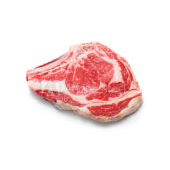 Meat, Poultry & Eggs
Meat, Poultry & Eggs
-
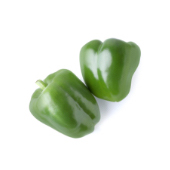 Vegetables & Fruits
Vegetables & Fruits
-
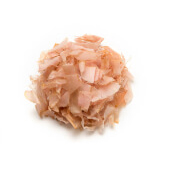 Dried Foods
Dried Foods
-
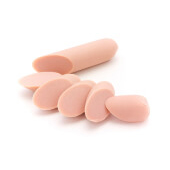 Processed Foods
Processed Foods
-
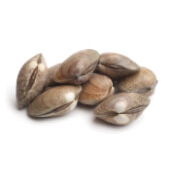 Tsukiji Uogashi
Tsukiji Uogashi
-
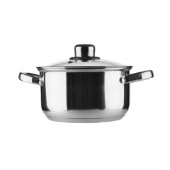 Kitchenware
Kitchenware
-
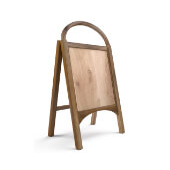 Other
Other
-
 information centre
information centre
Search for restaurants
-
Guide Map PDF
- Download a convenient guide map for exploring the Wholesale Food Market.
Access Map
Movie
-
Tsukiji Circle of Seasons
-
Tsukiji Spirit of the People
History of Tsukiji
1.Reclaimed Land
In 1657, Edo (Old Tokyo) was devastated by the Great Fire of Meireki and the Tokugawa shogunate decided to fill in the coastal area of Edo. Using advanced civil engineering, the land was reclaimed from the Tokyo Bay and named Tsuki-ji (築・地), which literally means “constructed land”.
The place used to be quiet with only shrines and homes for Samurai families.
“Namiyoke Inari Jinja (Shrine)” happens to be at the back corner of Tsukiji Market.
The name “Namiyoke” literally means “protection from waves,” and it has served as a guardian for Tsukiji Market.
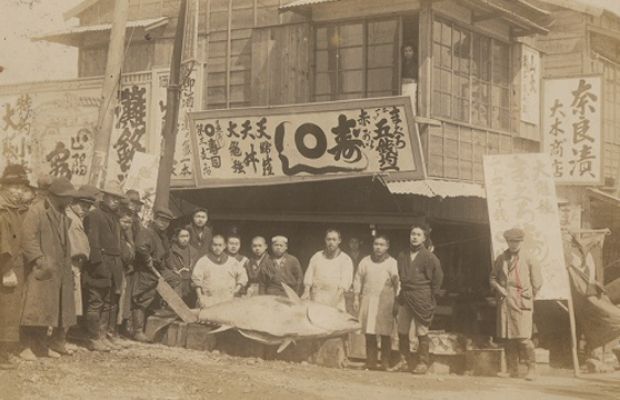
2.The Birth of the Fish Market
In 1923, the Great Kanto Earthquake destroyed much of central Tokyo, including the Nihonbashi Fish Market. The fish market was then relocated to the Tsukiji district and began its operations in 1935, transforming Tsukiji into a prosperous and bustling town.
Some of the buildings in Tsukiji are more than 80 years old. The owners use the first floor for their shops and usually live on the upper floors.
The intricate streets are like a maze, so don’t get lost.
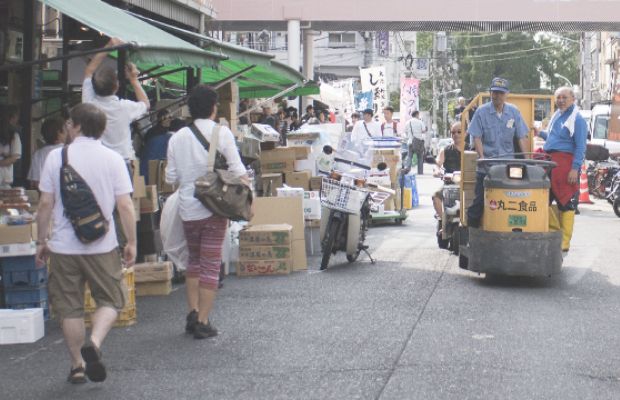
3.Tsukiji and its Future
As Japan enjoyed robust economic growth in the 1980s, people all over the world began to became interested in Japanese cuisine. As such, for many years Tsukiji Market has been attracting large numbers of visitors from all around the globe.
Please note that the Tokyo Central Wholesale Market where fish auctions take place, originally placed in Tsukiji under the Tokyo Municipal Government, has moved to another area within Tokyo. The shops surrounding the Central Wholesale Market have remained in Tsukiji and are referred to as the Tsukiji Outer Market.
Tsukiji Outer Market is and will continue to be the best marketplace for customers to buy fresh seafood, vegetables, and Japanese traditional food materials.
